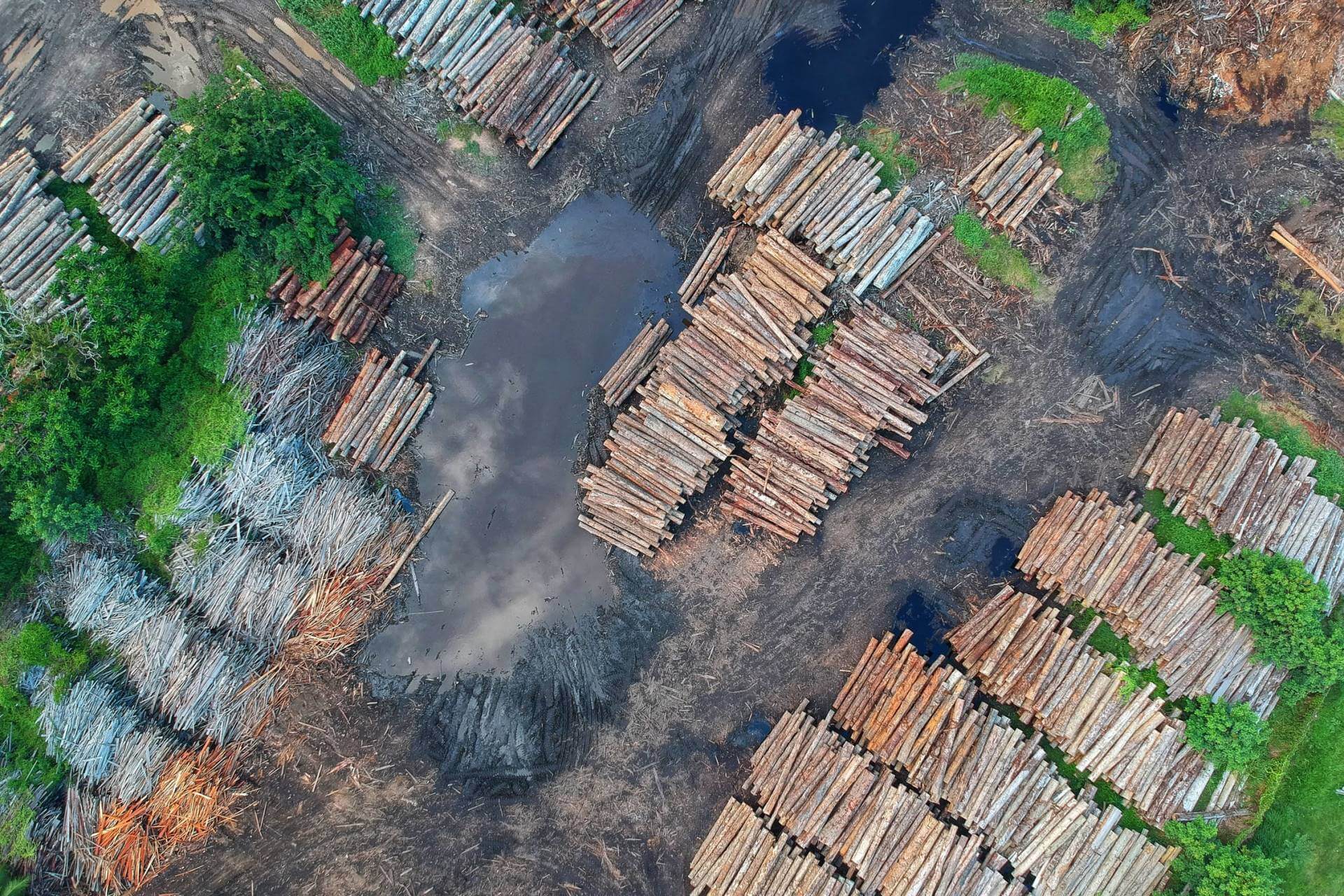New Horizons: Almost 2.5 Million Acres of Intact Amazon Forest
12/14/2021
Earlier this month, a first-of-its-kind meeting took place in Morona Santiago, Ecuador.
Nature and Culture International, along with the Governor of Morona Santiago, and representatives of the Shuar and Achuar nationalities gathered to design a groundbreaking joint initiative to save almost 2.5 million acres of intact Amazon rainforest.
The group spoke openly about the threats of deforestation and mining, and how to address these issues. They also focused on facilitating indigenous land planning and management in order to empower these communities to continue to steward their ancestral territories as only they can.
When their discussion drew to a close, each leader signed their name on a new agreement to create what will be one of the largest conservation areas in Ecuador.
The proposed conservation area is mostly intact, mainly because it has been protected by the indigenous communities that call it home. This proposal will incorporate key measures for a sustainable future while respecting these communities’ traditional practices.
“It is the first time that a prefect convened indigenous organizations to talk about conservation and build a joint proposal at the provincial level,” says Josefina Antonieta Tunki, president of the Shuar Arutam People.

This community has been a steward of the forest for thousands of years, and they are all too familiar with the effects of deforestation and improper resource management. The new conservation area will implement these communities’ traditional practices as well as their newly proposed sustainability methods.
At the meeting, the leaders of the Shuar and Achuar people spoke at length about the importance of regulating logging and mining in their territories.

Mining not only encroaches on indigenous settlements, but also contaminates the local water supply. The run-off leaves behind heavy metals which are found in fish, get ingested by people, and even end up in the atmosphere to pollute further reaches of the forest.
Logging is a major issue because habitat loss in the form of deforestation is one of the leading drivers of extinction, and because the density of the forest is essential for sequestering carbon from the atmosphere. With commercial logging, agricultural expansion, new roads, and natural disasters affecting the Amazon more each year, these intact areas are more important than ever for regulating the effects of climate change.
Once the new conservation area has officially been declared, the indigenous nationalities will work together with the government to set regulations for the sustainable use of the conservation area’s territories, particularly where extractive practices such as deforestation are concerned. Nature and Culture International will continue to collaborate with the indigenous nationalities and local governments, and we are looking to have the area fully established in 2022. The realization of this initiative will be a huge step forward in our efforts to mitigate climate change by protecting one of our planet’s most powerful carbon sinks.
It is an ambitious goal, but Nature and Culture International saw success with a similar implementation plan that was approved earlier this year in Pastaza, Ecuador. Our experience collaborating with Pastaza’s local government and nationalities will serve as a roadmap to success in Morona Santiago as we race towards new, more sustainable horizons.


